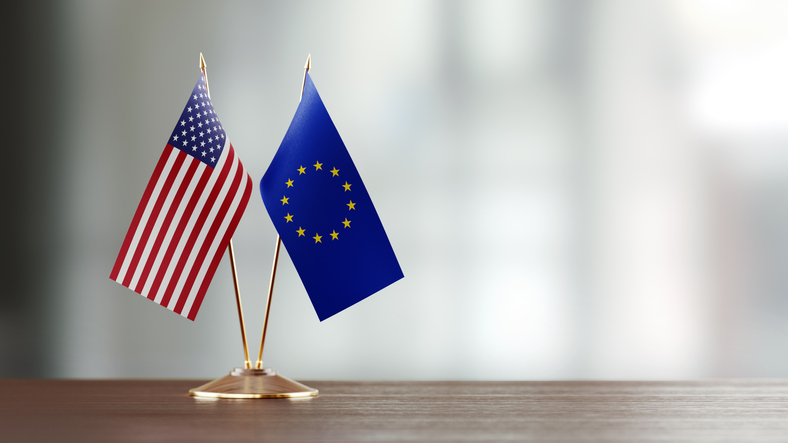
And they’re working on another deal to incentivize cleaner steelmaking, with China in mind.
The United States and the European Union announced a deal this weekend that will remove American tariffs from European steel and aluminum imports and replace them with two important tools. The first is a quota system that will allow tariffs to ratchet back up if a glut of European steel or aluminum shows up on American shores. The second is a “melted and poured” standard that will require European steel to actually be made in Europe if it’s going to be sold in the United States duty-free.
This is a deal the domestic steel industry in the United States can live with. To be sure, the tariff since it first went up under President Trump in 2018 has worked. It worked like gangbusters; thousands of steelworker jobs have been either returned or created, and literal billions of dollars in capital investment has been spent by steel companies to improve their efficiency and ultimately green their operations. The country’s steel industry has bounced back, and that’s unarguably because of that tariff.
But while the tariff facing Europe is gone, the tools now in its place will do a lot of work – especially the melted and poured one, which will keep heavily subsidized, carbon-intensive steel made in China out of the American market by guarding against what are essentially fancy accounting tricks like transshipment, localization, and third-country re-export. All are tactics that Chinese steelmakers have used in Europe in recent years.
The melted and poured standard provides a framework for the U.S. and E.U. to push back against the overcapacity in the global steel industry that’s fueled by the Chinese state. But the Biden administration and the Europeans say they’re thinking bigger than that: They intend to build out another section of the agreement that will incentivize emissions reductions in steelmaking.
And that’s really about China, too. President Biden and the president of the European Commission were very explicit about that when they announced the deal this weekend at a summit in Rome, and China was quick to denounce it.
That’s because the Chinese steel industry makes more than half the world’s steel, the majority of it made in blast furnaces that burn coal – an inefficient and environmentally unfriendly process relative to steelmaking done with electric arc furnaces. Setting market boundaries in the form of incentives for emissions reduction would effectively exclude Chinese-made steel even more – and the E.U.’s trade commissioner says they would be “inviting like-minded economies to join this arrangement.”
If that idea takes off and a bunch of countries sign onto it, the U.S. and E.U. would be using climate-friendly policy (conditioning access to a steel market on emissions standards) to achieve a trade policy outcome (quarantining the world’s chronic glut of subsidized Chinese steel). That would be a pretty nifty trick, and something that President Biden could justifiably brag about.


